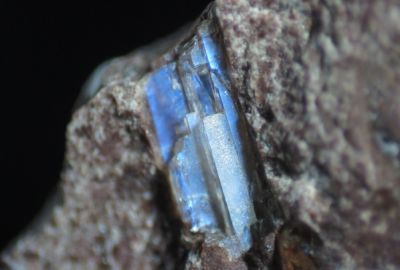Moonstone

The stone of the rainbow, the stone that traps the light of the moon, the stone of the spirits of the night. Myths and beliefs accompany this white labradorite, a beautiful luminous stone with characteristic iridescences (adularescence effect) created by the refraction of light in micro-structures of different multi-level alkaline spectra of the stone.
In Hindu mythology, chandrakanta (stones) are stones that enclose the moon's rays to illuminate the path of Bagavan Krishna to the divine incarnation. Ganesh, the elephant-headed god, protector of wisdom and arts, has a moonstone on his forehead, as a symbol of inner knowledge.
Greeks the moonstone Afroselena from the goddess of beauty Aphrodite, and the goddess Selena (Moon), who was sister of Eos (Dawn) and Helios (Sun). Selena was the female principle of the creation of the world. Romans believed that the moonstone depicts the divine existence of Diana, the hunting goddess, protector of the night.
Arab women still sew a small piece of moonstone in their clothes to have a child soon. An old Asian legend states that the most beautiful moonstones are transported to the shore by the tides every 21 years. Today, India and Sri Lanka own 90% of moonstone mining.
The moonstone like a stone of night and night light leads the traveler to a safe destination, stimulates the will to overcome obstacles and provides solutions to cases that darken the mind and body. Its feminine energy calms the nerves, gives calmness and receptivity.
It is the stone of the beginning of summer, expresses June and the zodiac sign of Gemini. Affects and soothes nervous Cancer, benefits Libra and Pisces.

 Ελληνικά
Ελληνικά  English
English